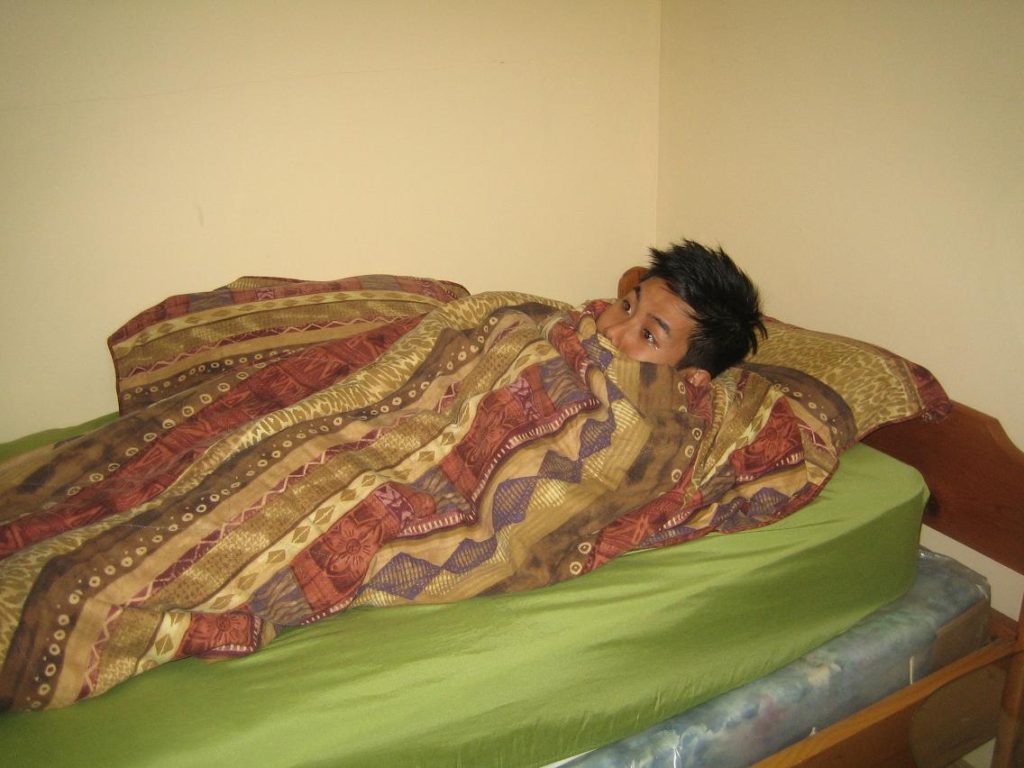Frostbite is an injury due to freezing of the skin and underlying tissues. Children are easily affected by frostbite than with adults. The exposed skin becomes severely cold and red, eventually becomes numb, pale and hard. It usually happens on the toes, fingers, ears, nose, chin and cheeks. It can also happen in skin covered with gloves or other clothing.
Symptoms of frostbite
- Numbness
- Skin becomes cold and a prickling feeling
- The color of the skin becomes white, red, bluish-white or grayish-yellow
- Clumsiness due to stiffness of the muscles and the joints
- Hard or waxy-looking skin
- Sometimes, blisters will form after rewarming
Causes
- Direct contact with ice, freezing metals or very cold liquids
- Staying out in the cold and wind for long periods of time
- Wearing clothing that is not suitable for the condition such as protection against wind, cold, wet weather or tight clothing.
Treatment
- If the child is outside, bring him/her inside
Clumsiness due to stiffness of the muscles and the joints. and away from the freezing weather and stay in a warmer area. Another alternative is staying inside a car, old house, in a tent or a cave.
- Remove wet clothing and a jewelries present in the affected area to prevent difficulties in removing them when the area is swelling. It will reduce flow of blood in the area and worsen the condition.
- Wrap the child in warming blankets on the body and wrap the affected area with bandages or any kind of thick covers such as jackets or coats to raise the internal temperature of the body. Avoid using hair dryer, heating pad, hot water to prevent further irritation and worsen the condition.
- Warm the affected areas using warm water for at least 30 minutes. Avoid using hot water to prevent burns on the skin and delays the healing. Place clean cotton balls between affected toes and fingers after rewarming. Wrap the warmed areas using clean bandages to prevent refreezing.
- Provide pain medications such as ibuprofen or acetaminophen to lessen the pain.
- Avoid popping blisters that forms on the affected area to prevent development of infections.
More Information
The details posted on this page on frostbite is for learning purposes only. To learn to recognize the signs of frostbite in children, enroll in a first aid course with one of our training providers.
FACT CHECK
https://en.wikipedia.org/wiki/Frostbite
https://www.healthline.com/health/frostbite-stages
https://www.mayoclinic.org/diseases-conditions/frostbite/symptoms-causes/syc-20372656


